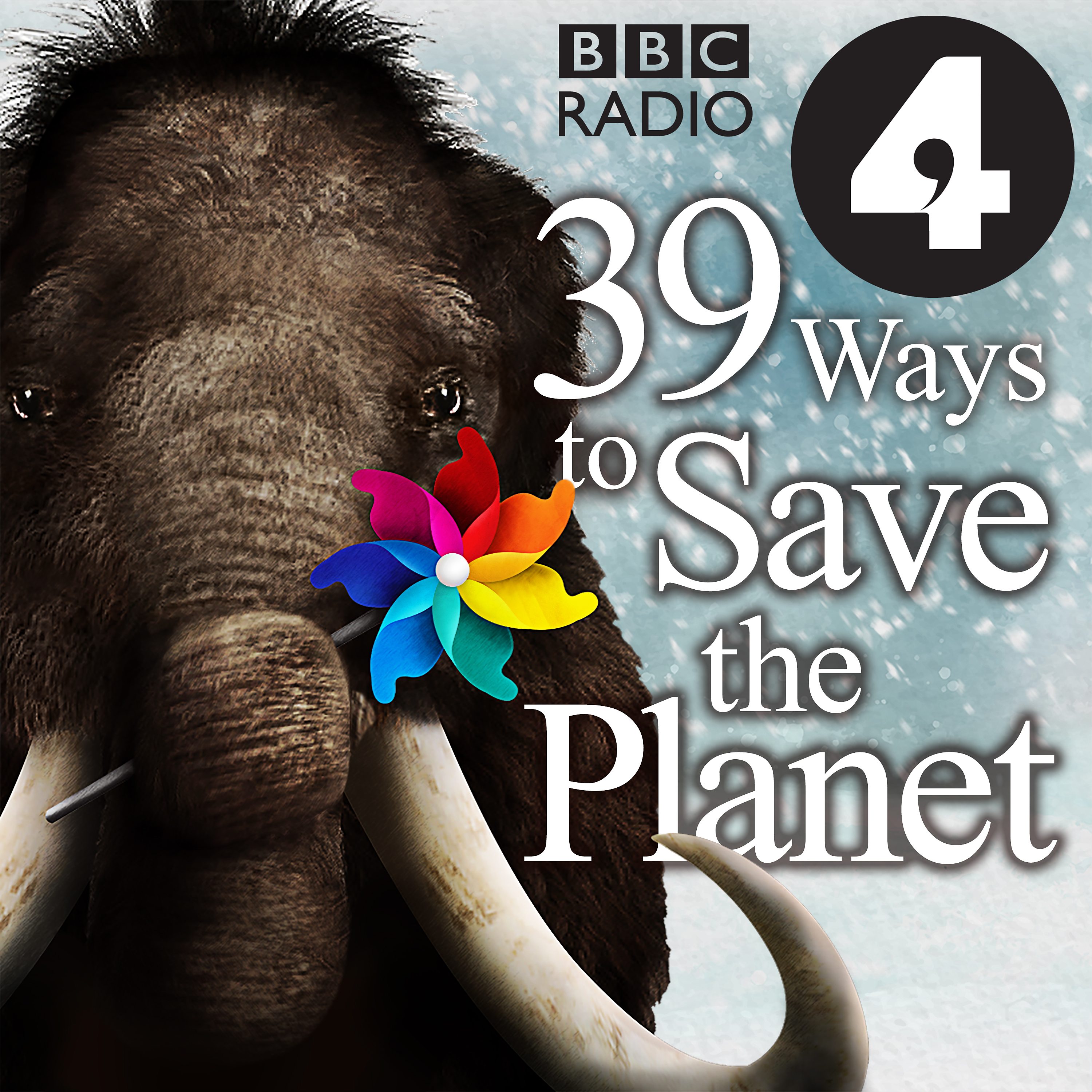Better Blocks
Description
Concrete blocks are the foundations of the modern world but they could be greener. Tom Heap meets Colin Hills and his team turning waste dust and carbon dioxide into building materials.
Professor Hills of the University of Greenwich has developed a technique that mimics natural processes, using carbon dioxide as a glue to form stone aggregates from waste dust left behind by heavy industry. The spin-off company, Carbon 8 Systems, has compressed the process into a shipping container and now makes building materials in the UK and France with this clever carbon-munching technique. Colin's colleague, Nimisha Tripathi wants to adapt the system for the developing world, choosing waste from her native India- things like pistachio shells and banana skin- to make a tailored range of building products relevant to the region in which they're made.
Tamsin Edwards of King's College London joins Tom to consider just how much carbon dioxide we can remove from the atmosphere by developing this new generation of bricks and mortar.
Producer: Alasdair Cross
Series Researcher: Sarah Goodman
Produced in association with the Royal Geographical Society. Special thanks for this episode to Professor Paul Fennell and Dr Rupert Myers of Imperial College London and to Professor Karen Scrivener of École Polytechnique Fédérale de Lausanne.
More Episodes
Tom Heap introduces Rare Earth, a programme exploring major stories about our environment.
Published 01/19/24
Published 07/22/22
Can British farmers transform themselves into carbon-cutting heroes? Arable farmer, Duncan Farrington has worked hard to reduce the carbon emissions from his farm. He's replanted hedges and trees and cut down on diesel-powered machinery. He's even persuaded some of his staff to cycle to work....
Published 07/22/22


